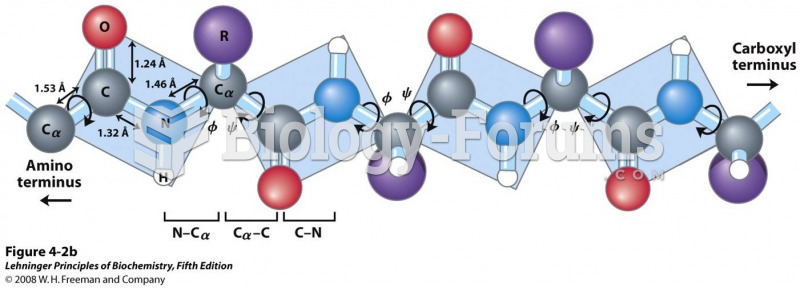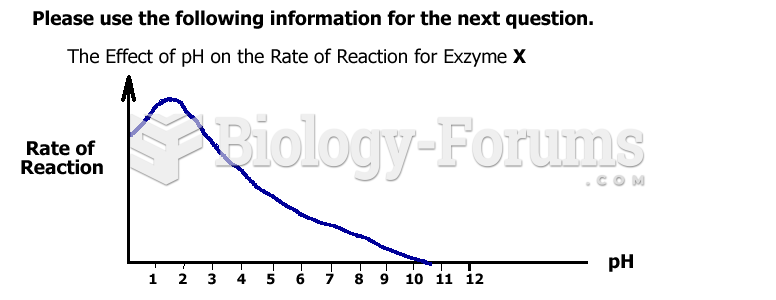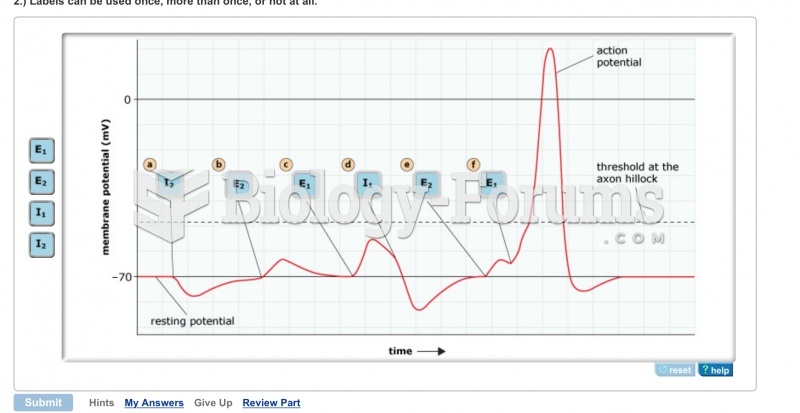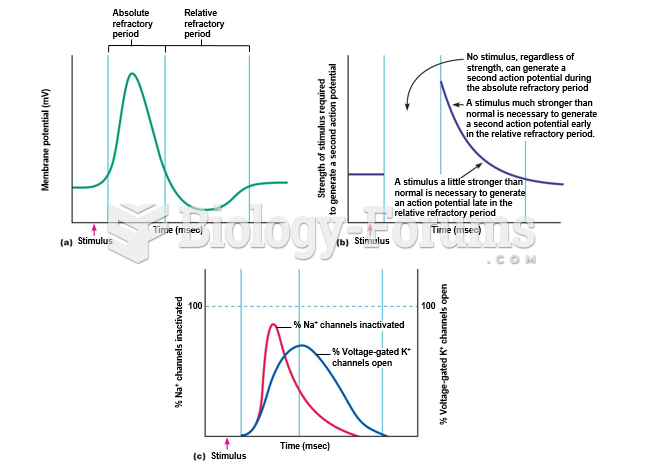Answer to Question 1
According to Bender, a number of common pitfalls should be avoided in designing and implementing an optimum worldwide supply chain. Recognizing these in advance should help to maximize the value to be achieved through use of appropriate mathematical techniques for supply chain network design.
Short-term horizon. Unless modeling features are designed, implemented, and used with a long-term perspective, significant suboptimization is likely to occur.
Too little or too much detail. Too little detail can make it difficult to implement results due to insufficient information; too much detail can create unnecessary complexity, making it difficult to understand the results and more difficult to implement effectively.
Thinking in two dimensions. While the use of two-dimensional maps certainly helps to provide insight into supply chain problems, the geometry of the networks may ignore cost and geographical dispersions of demand. Over significant distances, and particularly for global supply chain analyses, the curvature of the earth may distort distance calculations, in which case needed adjustments must be made.
Using published costs. Many published costs tend to represent list prices that need to be modified to reflect what may result after significant negotiations occur between buyers and sellers of transport services.
Inaccurate or incomplete costs. Analyses based on insufficiently accurate information lead to invalid results; inaccurate cost forecasts result in suboptimal allocations of resources, typically leading to seriously flawed strategies.
Fluctuating model inputs. Given the prevailing uncertainties in many of the relevant inputs to today's network design models, it is important to conduct sensitivity analyses to be aware of the potential wide swings in key model inputs.
Use of erroneous analytical techniques. The selected techniques and approaches should be matched with the level of precision desired; the identification of modeling objectives is an important forerunner to the selection of the techniques to be utilized.
Lack of appropriate robustness analysis. Since most or all model inputs have at least an element of uncertainty, it is important to understand the consequences that could result from variation in actual behavior of key model inputs; robustness analysis can help to assure the practicality and validity of the results from the selected analyses.
Answer to Question 2
A conjoint procedure can be done for either a focus group or online study. The study consists of putting together different attributes of a product and asking the customer which combinations seem the best. This analysis derives which attributes matter more than others, and which levels are sought.







